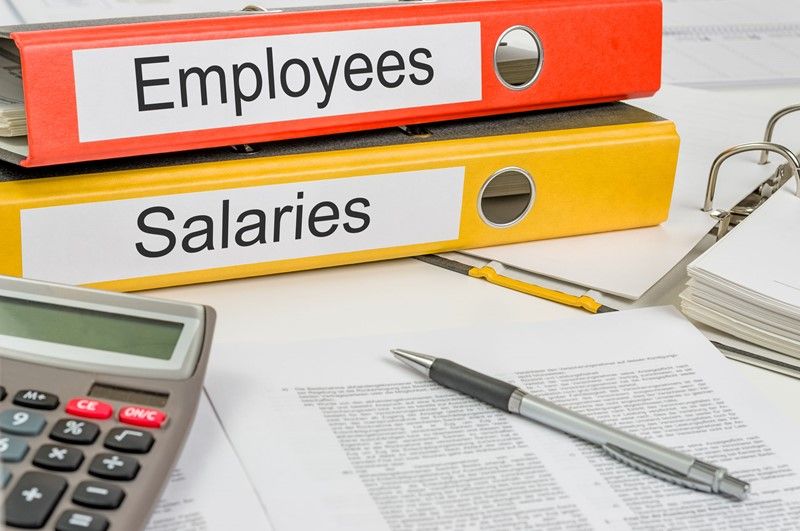Don’t forget to update your NMW and NLW wage rates
Minimum wage rates rose on 1 April 2025. NLW now £12.21, and big increases for younger workers too. Make sure you're compliant – underpayment can cost up to £20K per worker and a director ban. Time to check your payroll!
Employers must ensure they are paying staff at least the National Minimum Wage (NMW) or National Living Wage (NLW). The NMW and the NLW are the minimum legal amounts that employers must pay their workers.
The new NMW and NLW rates came into effect on 1 April 2025. The NLW rate has now increased from £11.44 to £12.21. This represents an increase of 77p or 6.7%. The NLW is the minimum hourly rate that must be paid to those aged 21 or over. The increase represents a pay rise of over £1,400 a year for someone working full-time and earning the NLW.
The NMW (for 18-20 year olds) has increased from £8.60 to £10.00 an hour. This is largest increase ever in the NMW (a whopping 16.3% increase) that means younger workers having their pay boosted by up to £2,500 a year. This increase is part of a move to narrows the gap in wage rates for 18-20 years olds and the NLW and ultimately create a single adult wage rate for all those aged 18 and up.
The NMW rates for 16 to 17 year olds increased from £6.40 to £7.55 – an increase of £1.15 or 18% per hour. The Apprentice Rate mirrors this increase.
It is important that employers ensure they have updated their wage rates and that they pay the legal minimum wage rates. There are significant penalties for employers who are found to have paid workers less that they are entitled to by law. If an employee has been underpaid, the employer must pay any arrears without delay. There are penalties for non-payment of up to 200% of the amount owed. The penalties are reduced by 50% if all of the unpaid wages and 50% of the penalty are paid in full within 14 days.
The maximum fine for non-payment can be up to £20,000 per employee and employers who fail to pay face up to a 15-year ban from being a company director as well as being publicly named and shamed.




